
Quantifying our Resources
Advances in remote sensing are pushing forward our abilities to quantify natural resources. As satellites improve, offering increased resolution and shorter revisit times, we continue to see new applications of remote sensing technology. GIS was conceived as a method for quantifying natural resources when the Canadian Government commissioned Roger Tomlinson to create the Canada Geographic Information System in the 1960s.
Canada has always faced the challenge of quantifying our plentiful natural resources, and we have taken steps to be at the forefront of the industry in this regard. The new 2020 Space-Based Earth Observation (SEBO) strategy affirms this commitment. An aspect of this strategy is taking advantage of the improved capabilities of SBEO to quantify and understand the natural resources and systems of the earth to fight the growing threat of anthropogenic climate change. We are starting to see what we thought were small changes become much larger, and it is happening faster and in ways that we did not foresee. An important article from Grist recently outlined 7 of the most significant climate tipping points in the global ecosystem that we are approaching, including Land, Sea, and Ice environments.
Playing Catch-up in the Fight Against Climate Change
As we continue to see these signs of destabilization in natural environments through projects such as the new Google Earth Engine Timelapse Series, the call for action on critical environmental issues continues to grow louder. As glaciers retreat, sea levels rise, and forests retreat, we are starting to see bolder commitments from governments globally. These commitments tend to focus on outcomes such as reducing carbon emissions, such as the US goal to reduce emissions by 50% – 52% by 2030 compared to 2005 levels. These are important goals to have, and they are certainly improvements on previous goals, however, the fight against climate change still faces one big issue.
The Cost of Cutting Carbon
The issue that we are still trying to figure out when it comes to preventing a level of climate change that will drastically alter the face of the earth as we know it is what changes we can make that will help accomplish our goals. Some of the changes we need to make are obvious – right-in-front-of-our-face solutions – including but not limited to; driving less or choosing an electric vehicle, using renewable energy sources, and improving the energy efficiency of our home and workplaces, to name a few. However, as many people will tell you, these changes are not cheap. It costs a lot of money to switch your house to solar or buy a new vehicle, and these changes alone will not stop the feverish tide of climate change. We need national, industrial commitments to phase out fossil fuels wherever possible and government agencies to hold the biggest polluters accountable.
As economists have tried to help solve the problems of the cost of fighting climate change, many solutions have been proposed over the decades since research on the subject first appeared. One of the solutions that has garnered the most support, so much so that it won a Nobel Prize in Economics, is carbon pricing. The 2018 Nobel Prize in Economics was awarded to William Nordhaus and Paul Romer for “addressing some of our time’s most basic and pressing questions about how we create long-term sustained and sustainable economic growth.”
“In his recent Climate Casino book, Nordhaus argues the pricing of carbon achieves four objectives: it sends signals to consumers about which goods and services are more carbon-intensive; it sends signals to producers about which activities are most carbon-intensive (such as coal burning) and which are less carbon-intensive (like solar or wind); it sends signals to propel innovation to find new, affordable alternatives; and finally, pricing is the best means to convey these signals within well-functioning markets.”
Press release: The Prize in Economic Sciences 2018. NobelPrize.org. Nobel Media AB 2021. Thu. 29 Apr 2021. https://www.nobelprize.org/prizes/economic-sciences/2018/press-release/
Implementing Carbon Pricing
Deciding that a carbon price will be one of the most beneficial tools at our disposal in the fight against climate change is one thing but implementing it is another altogether. In some industries it can be straightforward; a tax paid on a litre of gasoline or a fee that you pay to make up for the fossil fuels burned to build and deliver your new TV. In sectors that are not as well defined, a carbon price can be a lot harder to determine. Natural resources are some of our most valuable renewable resources. If properly managed, these resources will not only provide for us for years to come but also aid in our fight against atmospheric concentrations of CO2 and other greenhouse gases.
Using Satellites to Assess Our Forests
Remote sensing satellites now allow us to quantify forests and the impact that ongoing global deforestation has on climate change, like never before. Through tracking events like deforestation, fires, and other emissions, researchers from all over the world have begun to quantify these changes and estimate their impacts on the Global Carbon Budget. By determining whether forests are a sink (absorb) or source (emit) of greenhouse gases, a “forest carbon flux map” has been created on the Global Forest Watch website. Typically, areas with high rates of deforestation or fires release tons (tonnes) of CO2 into the atmosphere, where highly productive, healthy forests help our fight against climate change by sequestering that CO2 away.
Pay or Get Paid
With developments in earth observation, this is a tremendous breakthrough for carbon pricing and efforts to curb the rise in greenhouse gases. We can start to put a price on small sections of the forest using the productivity map and know just how much CO2 is being kept out of the atmosphere by any individual region. By determining a carbon pricing value for these trees, credits could be sold from heavy polluters to local farmers in underdeveloped nations whose livelihood depends on clear-cutting for agriculture. By giving the inhabitants of areas such as the Amazon or Indonesia a source of income without destroying vital habitat, we are essentially making the trees worth more money in the ground than they would be if cleared for agriculture.
This system can also work in reverse, if companies choose to follow rather unsustainable forestry practices such as clear-cutting or slash and burn, fines or credits can be collected. Imagery can be processed to determine the dimensions of a recently deforested area, and through GIS analyses determine the value of the trees that were removed. The company responsible for the deforestation can then be held accountable to the global community, effectively putting a price on the environmental cost of removing those trees. A bonus is that this system will also add transparency to the global forestry industry, as regulators rely on self-reporting from governments.
Moving Forward
Remote sensing and satellite applications are allowing us to quantify our natural resources on a global scale. A big part of solving any issue is understanding the problem and working towards a solution. Having the ability to understand how the world’s forests absorb and emit carbon allows us to identify areas of greatest importance to maintaining a balance of CO2 and other greenhouse gases conducive to life as we know it. Putting such a specific price on the actions of the forestry industry will be a necessary step towards creating a global carbon credit economy. This carbon credit system is something we must collectively push toward to achieve our goals in the fight against climate change.

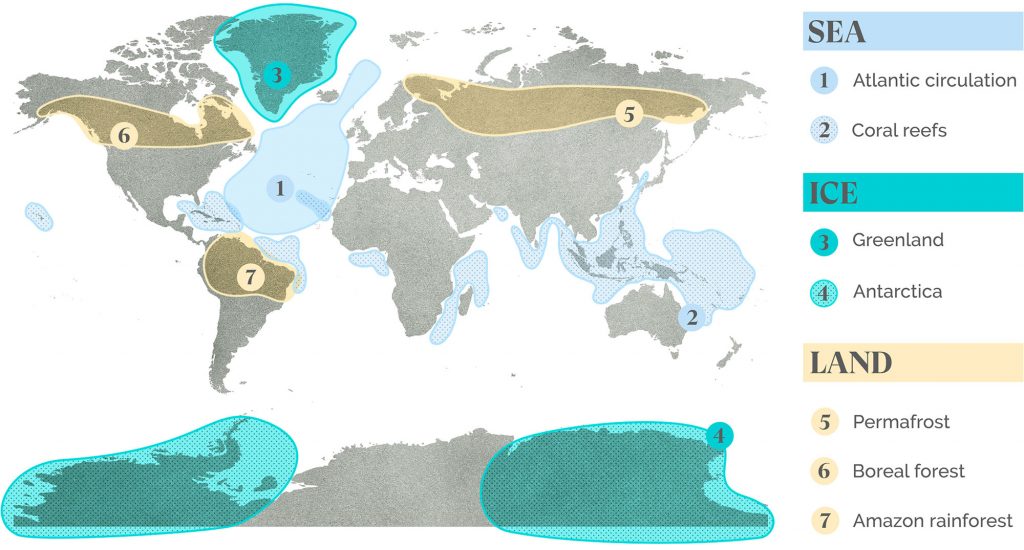
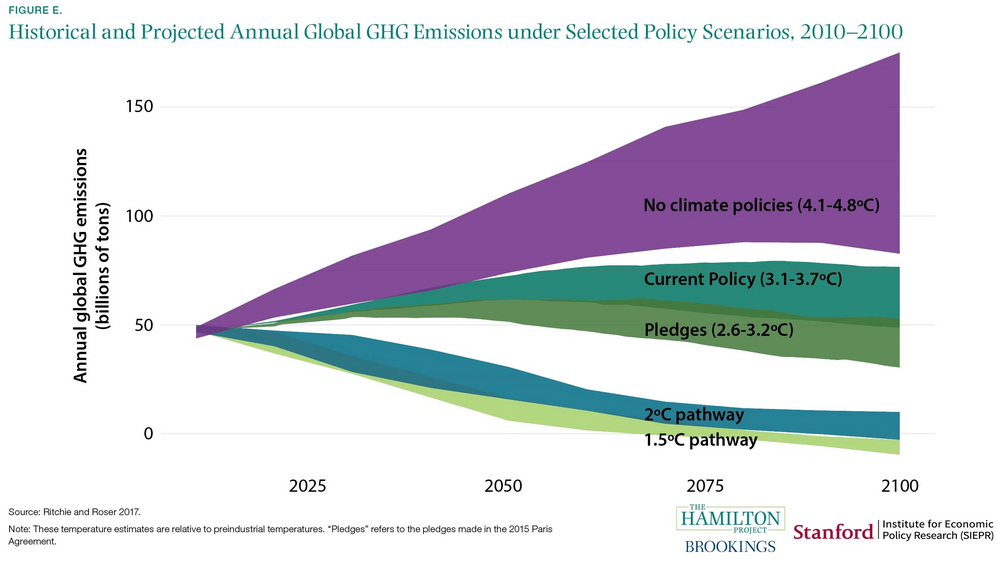
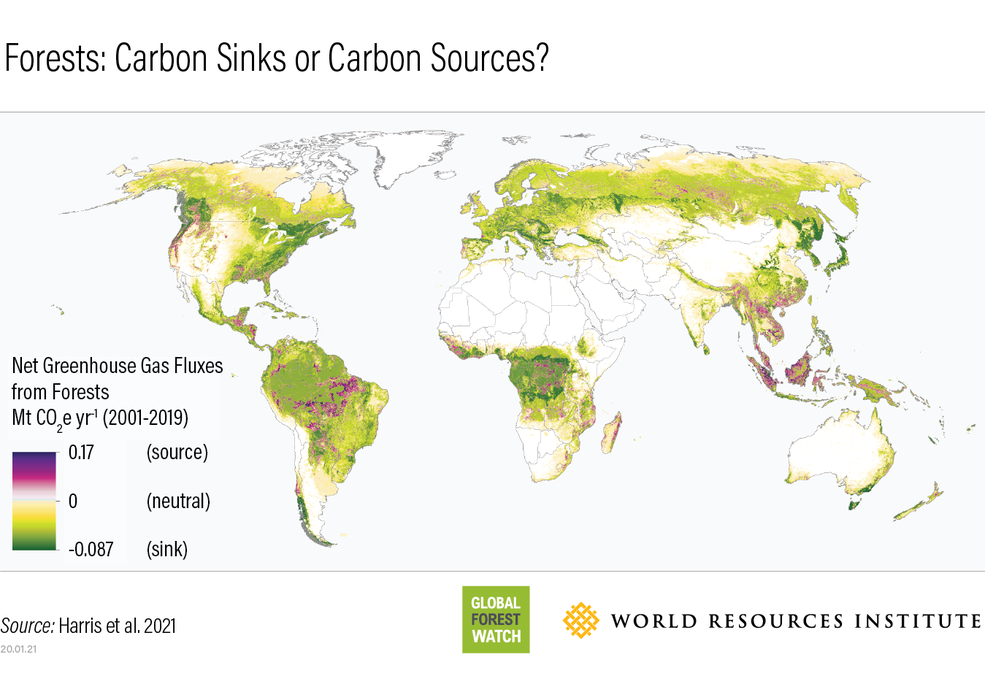

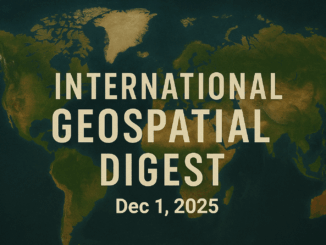

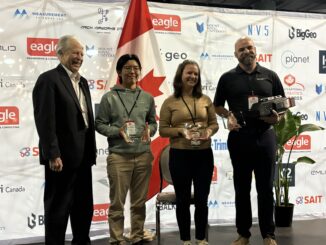
Be the first to comment